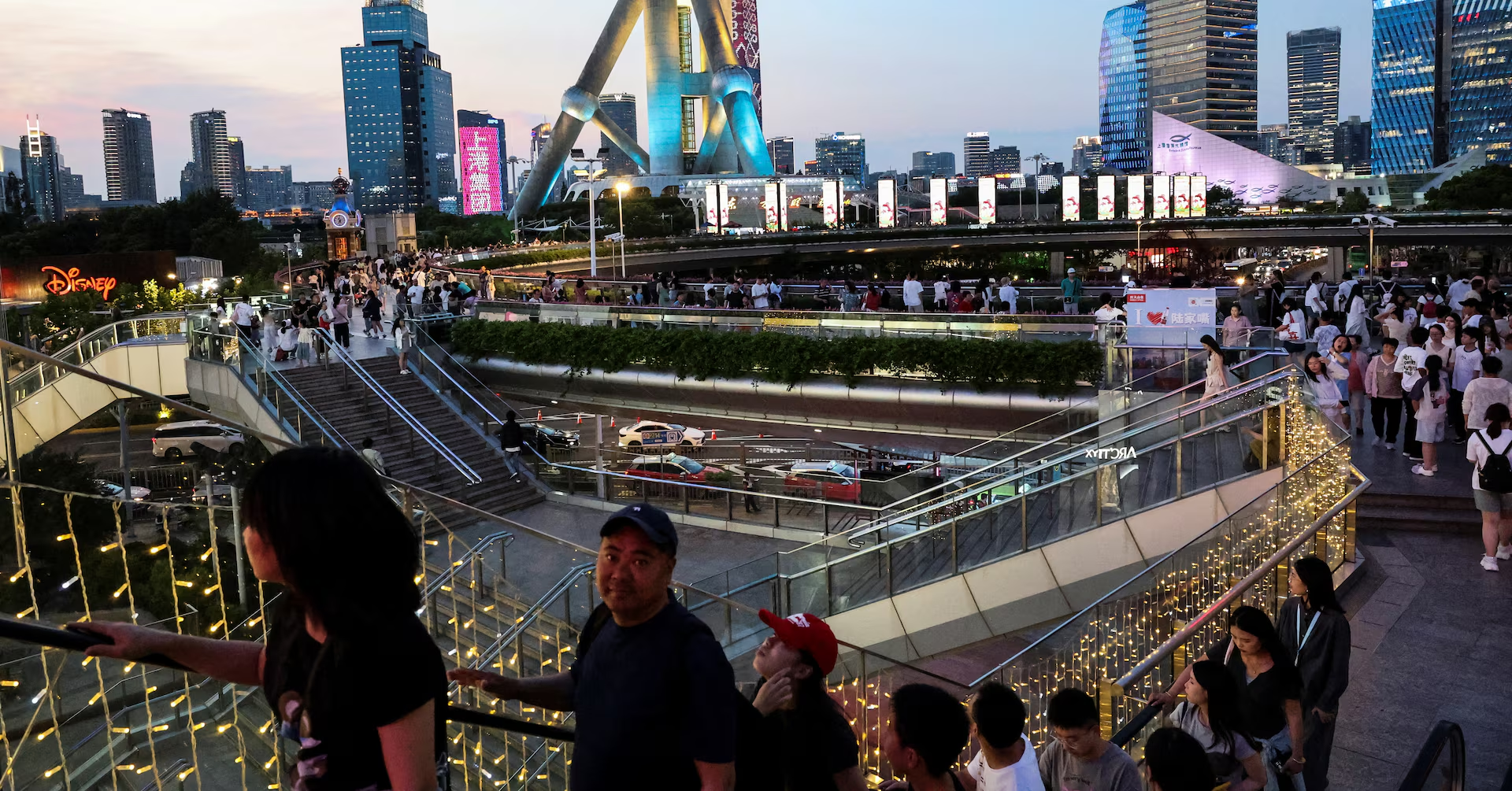CS Satheesha spells out “A-P-P-L-E” into his phone as he teaches remotely from the only place he can get a signal – a treehouse in his back garden in southern India.
In the Kodagu district of Karnataka state, eight-year-old Shreeshma listens to Satheesha’s WhatsApp voice notes on her mother’s phone on her porch and repeats sentences such as: “This is a cat.”
In a country where schools have been shut for more than a year, one of the longest shutdowns in the world, she and her fellow pupils are among the lucky ones.
According to a report earlier this year by UNICEF, only one in four children in India has access to digital devices and the internet.
Many families have sold their belongings or taken out loans to buy smartphones for their children to continue their education.
In some rural areas, children have been trekking miles up hills and through snake-infested jungles to try and connect to their teachers.
Jean Dreze, a welfare economist, said the situation is bound to exacerbate the already “extreme inequalities” in access to education that reinforce India’s class, caste and gender divisions.
“By and large, privileged children are able to continue learning through online education. For poor children, however, online education is a fiction, and no other arrangements have been made for them in most states,” Dreze told the AFP news agency.
Even before the pandemic, more than six million Indian girls and boys were already not going to school, according to UNICEF.
Almost 30 percent of those who did go dropped out, with rates for girls and for children from the most marginalised communities higher still.
The pandemic and the heavy blow to the Indian economy – and to the poor who have suffered most of all – have only made things worse.
With breadwinners out of work, many families have had little choice but to make children drop their books to help make ends meet.
Anecdotal evidence suggests that there has been an increase in child marriage – meaning one less mouth to feed – and trafficking too.
The fear is that many children will not return to education even when schools eventually reopen, creating a “lost generation” of unqualified young people.
“If they feel they cannot catch up, they’re less likely to go back to school,” said Terry Durnnian, chief of education, UNICEF India.
At 60 weeks and counting, only five other countries have seen schools shut for longer than India, affecting 320 million children, according to UNESCO.
The continued closures contrast with restrictions easing on most other areas of activity in India.
Bablu Baghel in Agra – home to the Taj Mahal – saw his monthly income of 20,000 rupees ($270) all but dry up along with visitors to India’s top tourist attraction.
The taxi driver’s three children have to share his mobile phone to remotely attend their classes. He cannot afford to buy another device.
“This is all we have,” Baghel told AFP, adding that mobile data charges – once the world’s cheapest – have soared, hiking the price of streaming lessons.
Imran Salmani, a barber in Agra, saw his earnings shrink 80 percent and now cannot afford to re-enrol his two daughters in the new school year.
“I want to go back to school,” said Salmani’s nine-year-old daughter Aliya.
Their school sends WhatsApp images in lieu of lessons, with parents expected to teach their children and submit videos of their classwork, a task both have struggled with.
“I want to give my daughters all the opportunities I never got,” Salmani told AFP. “We are not managing to keep up.”










